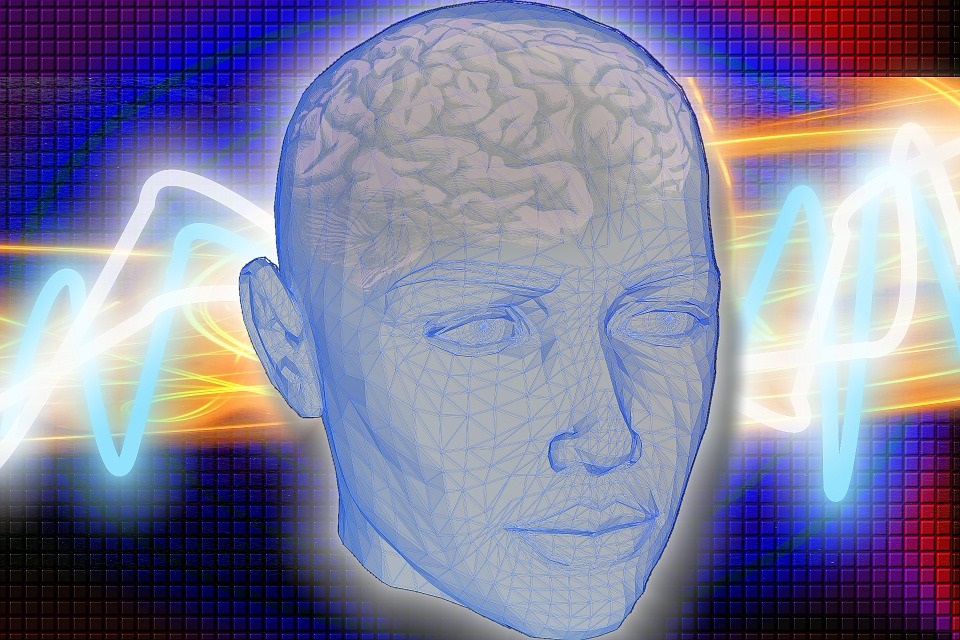
The brain is the most complex and dynamic organ in the human body. It plays a crucial role in our lives, controlling our thoughts, movements, and emotions. The development and functioning of the brain are influenced by a variety of factors, including time and space. This article will explore the impact of time and space on brain development and disease, including the effects of environment, brain disease progression, and the latest research and developments in the field.
Role of Time in Brain Development:
The brain undergoes significant changes and development from birth to adulthood. This process is known as brain development and follows a timeline, with specific developmental milestones occurring at different stages of life. For example, the formation of new neural connections peaks in early childhood, with the majority of these connections formed by the age of three. However, the brain continues to develop and change throughout adulthood, and environmental stimulation can influence this process.
Impact of Environment on Brain Development:
Another key factor in brain development and disease is the environment. Environmental enrichment has been shown to have a positive impact on brain growth and development, enhancing cognitive function and protecting against brain disease. For example, studies have shown that providing environmental enrichment, such as exposure to new experiences, physical activity, and social interaction, can increase the size of the brain and enhance neural connections. This has important implications for childhood development and highlights the importance of providing a stimulating and supportive environment for children to optimize brain growth and development.
Conversely, adverse environmental conditions, such as poverty, neglect, and abuse, have been shown to have a negative impact on brain development and increase the risk of developing brain disease later in life. Statistics reveal that early-life experiences can have a lasting impact on brain development and contribute to the development of brain diseases such as Alzheimer's, depression, and schizophrenia. This highlights the importance of addressing adverse environmental conditions to promote brain health and prevent brain disease.
Role of Space in Brain Development and Disease:
The brain is spatially organized, with specific regions and networks responsible for different functions. This spatial organization is critical for normal brain function and can be disrupted by brain disease. For example, brain disease progression, such as Alzheimer's disease, can alter the normal spatial organization of the brain, leading to significant changes in brain function.
Effect of Brain Disease on Brain Structure and Function:
Brain disease can have a profound impact on brain structure and function. Depending on the type and severity of the disease, it can lead to changes in brain size, neuronal cell loss, and alterations in the normal spatial organization of the brain. These changes can result in significant alterations in brain function, including memory loss, changes in mood and behavior, and decreased motor function.
Case Study: A Patient with Alzheimer's Disease
A case study of a patient with Alzheimer's disease demonstrates the impact of the disease on brain structure and function. The patient, a 68-year-old man, was diagnosed with Alzheimer's disease and underwent MRI scans at regular intervals to monitor the progression of the disease. The MRI scans showed significant alterations in the spatial organization of the brain, particularly in the regions associated with memory and cognition. This highlights the importance of early detection and intervention in brain disease, as well as the need for continued research and development in the field of neuroscience to better understand the underlying mechanisms and develop more effective treatments.
Latest Research and Developments:
There have been significant advances in the field of neuroscience in recent years, with new technologies and techniques allowing for a deeper understanding of the brain and its development. For example, advances in imaging techniques, such as functional magnetic resonance imaging (fMRI), have enabled researchers to non-invasively study brain activity in real time and gain new insights into brain function and disease.
In addition, there have been exciting developments in the field of neuroplasticity, which refers to the ability of the brain to change and adapt over time. This has important implications for the treatment of brain diseases, as it suggests that the brain may be able to recover and compensate for damage, even in later life. There are now numerous studies exploring the potential of neuroplasticity-based interventions, such as physical exercise, mindfulness meditation, and cognitive training, to enhance brain function and protect against brain disease.
Conclusion
In conclusion, the impact of time and space on brain development and disease is a complex and multifaceted issue. The role of the environment in brain development, the effects of brain disease on brain structure and function, and the latest research and developments in the field of neuroscience all play a critical role in understanding the significance of time and space in brain development and disease. This article has provided a comprehensive overview of the importance of these factors and highlights the need for continued research and development in the field of neuroscience to promote brain health and prevent brain disease.
"Studies have shown that environmental enrichment can increase the size of the brain, enhance cognitive function, and protect against brain disease."
Health Mental Health




